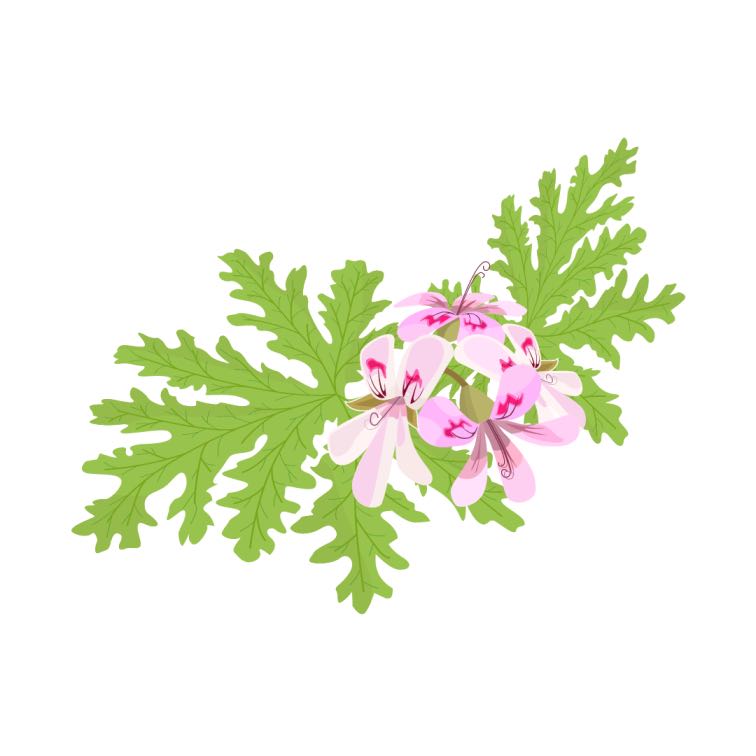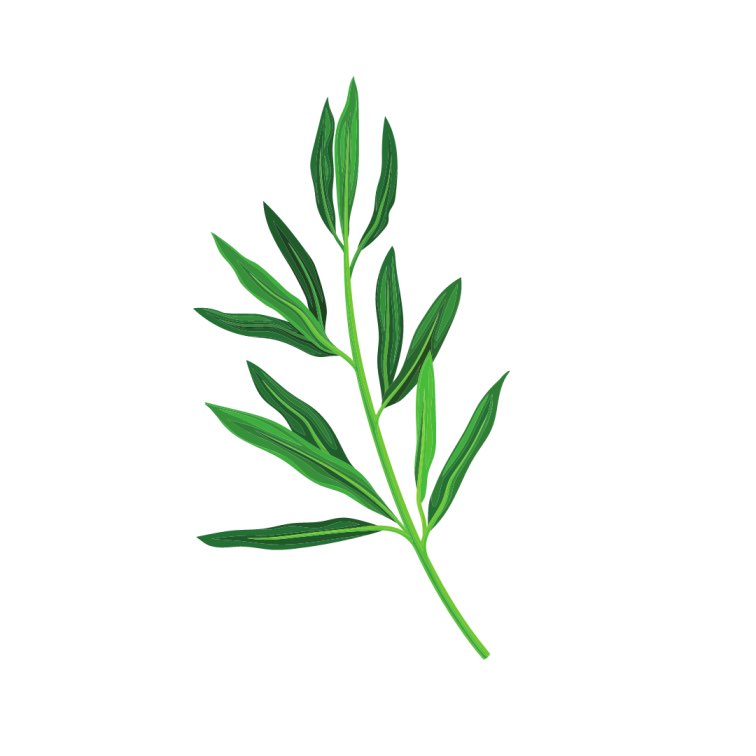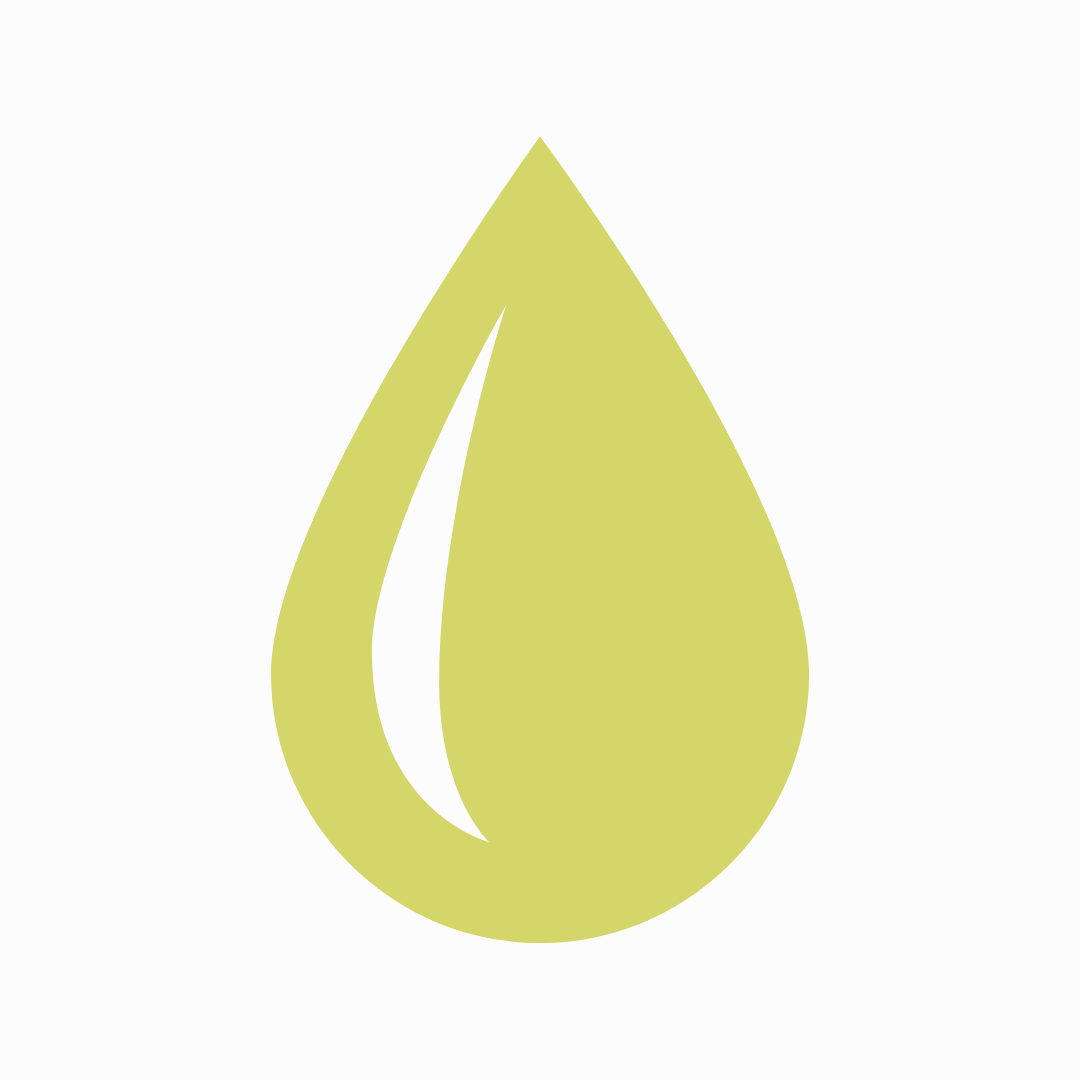In recent years, many of us have become more aware of chemicals to avoid in shampoo, cosmetics, and other personal care products. Backed by scientific research demonstrating that many are potentially toxic for humans and the environment, ingredients like BPA, parabens, and sulfates are often those we wish to keep out of our homes. Let’s look at one of these by answering the question: what are sulfates?
What Exactly Are Sulfates?
“Sulfate” is the name given to a group of natural or man-made mineral salts. In the case of natural sulfates, they’re found in water, air, and soil, often formed while animal or plant matter decay. While higher concentrations can lead to water that tastes bad and the potential for gastrointestinal problems, lower concentrations (like those typically found) of natural sulfates usually cause no concern.
On the other hand, human-made sulfates are ingredients typically used for personal care and cleaning products. Considered a surfactant (detergent), sulfates are used in consumer products because they bind to things like grease, fat, oil, and dirt and remove them from the surface.
What Are Sulfates Commonly Found In?
Why it’s more difficult to find soaps and shampoos without sulfates is because the ingredient produces a lathering effect that we’ve come to expect in many personal care products. Additionally, because they have the ability to remove dirt and grime, sulfate compounds are often found in:
- Shampoo
- Conditioner
- Liquid hand soap
- Body wash
- Toothpaste
- Face cleansers
- Moisturizer
- Cosmetics
- Bath bombs
- Dish detergent
- Laundry detergent
- Floor cleaner
List of Sulfates
It’s not too difficult to find the most common sulfate compounds on the label of many consumer products: Sodium Lauryl Sulfate (SLS) and Sodium Laureth Sulfate (SLES). However, often found at the top of a product’s ingredient list, there are some other types of sulfates to keep an eye out for:
- Ammonium Laureth
- Ammonium Xylenesulfonate
- Ethyl PEG-15 Cocamine Sulfate
- Dioctyl Sodium Sulfosuccinate
- Lauryl Sulfate
- Lauryl Sulfoacetate Sodium
- Laureth Sulfate Sodium
- Sodium Lauroyl Taurate
- Sodium Lauryl Sulfate Sodium
- Sodium Xylenesulfonate
- Sodium C14-16 Olefin Sulfonate
- Sodium Myreth Sulfate
- Sodium Cocoyl Sarcosinate
- Sodium Lauryl Sulfoacetate
- TEA-Dodecylbenzenesulfonate
- Lauroyl Isethionate
- Alkylbenzene Sulfonate

Overall, there are more than 150 types of sulfates so it’s helpful to look for products that state that they’re specifically sulfate-free—like the shampoo and conditioner from Seed Phytonutrients—or use the EWG’s Skin Deep database to ensure that the ingredients in your personal care products are safe.
Why Does Sulfate-Free Matter?
Checking the ingredients of your products is important—and particularly with sulfates—because the truth about sulfates is that they may do more harm than good.
Health Concerns of Sulfates
Like with other products, shampoos without sulfates, parabens, and silicones have become more popular, particularly because the former, sulfates, has been associated with a range of health concerns. Especially with higher concentrations, the side effects of sulfates may include:
- Dry skin (sulfates may remove too much oil, resulting in red, dry, itchy skin)
- Dermatitis and inflammation (especially with people with sensitive skin)
- Intestinal pain (i.e. cramping and bloating)
- Diarrhea
- Lung irritation (typically as a result of sulfates in air)
While it’s difficult to find direct evidence to support this, sulfates have also been associated with infertility, cancer, and development issues.

Environmental Concerns of Sulfates
As man-made compounds, sulfates are often made from petroleum or plant sources like palm and coconut oil. You may be familiar with why palm oil is bad, so it’s important to recognize that ingredients made from it are contributing to deforestation, habitat loss, and ethical supply chain issues.
They can also be made out of petroleum, which requires fossil fuels to be burned. In this case, sulfate production can result in fine particulate matter (small, polluting air particles). This particulate matter (PM2.5) is associated with adverse health effects as well as the acidification of water and soil, and damage to plants, forests, and ecosystems.
SLES especially is also associated with the release of a substance called 1,4-dioxane, which is likely a human carcinogen and serious environmental contaminant, according to the EPA. That said, if you’re wondering how to avoid sulfates, it’s best to start with this one.
The Bottom Line
Sulfates do provide a lather like no other, and are also very capable of removing dirt, oil, and other impurities. However, they can be a little too capable of doing so, which is why they’ve also been associated with dry, red, and itchy skin.
The other health and environmental concerns of sulfates have urged many to look for sulfate-free alternatives. The good news is that aside from a lather many of us have become used to, we can still wash and rinse and clean without sulfates.
Our Cosmetics, Hair Care, Health & Beauty and Skin Care range is filled with many sulfate-free products, try one for yourself today!
Check out our Sulfate-free Health & Beauty below and use code BLOG10 to save 10% on your first order!
If you enjoyed reading this Blog, please share it, and help us get the word out together. Thank you! 😊















